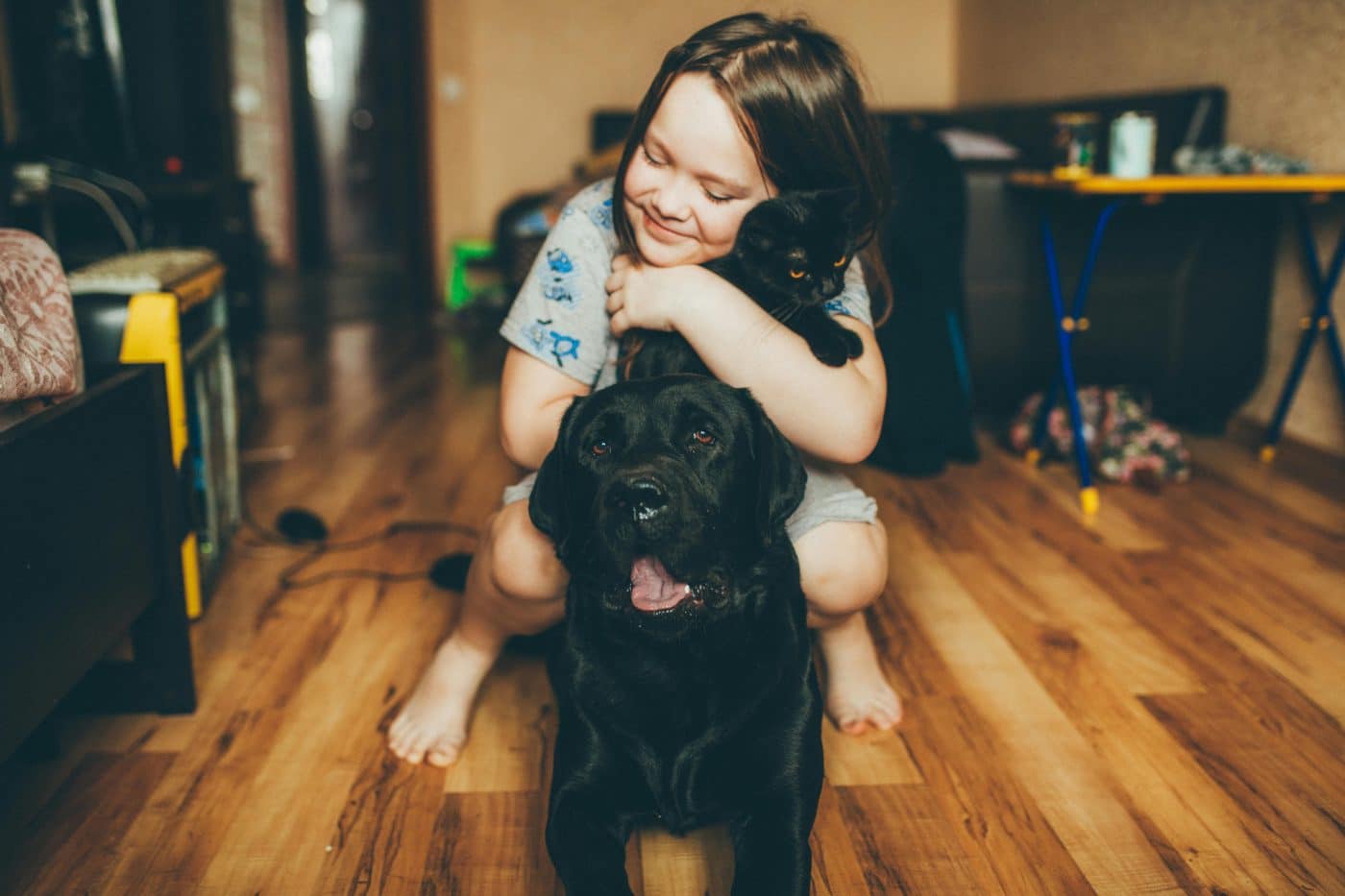 Shutterstock
Shutterstock
Dogs are incredibly loyal and attached to their owners, but they can also experience emotions like jealousy. This emotion often emerges when another pet enters the picture, especially when that pet receives attention or affection. Jealousy can be a subtle yet powerful feeling, leading dogs to display behaviors that may not immediately be recognized as signs of this emotion. Understanding these signs is key to ensuring your dog remains happy and secure, and knows they are still loved, even when sharing your attention with another pet.
Clinginess and Attention-Seeking
 Shutterstock
Shutterstock
One of the most common signs of jealousy in dogs is clinginess. When a new pet or even another animal gets more attention, your dog may constantly follow you around. They may nudge you, sit on your feet, or even jump into your lap more often than usual. This behavior is an attempt to maintain their status as your number one companion and is usually a sign that your dog feels left out and wants to remind you of their presence.
Aggression or Growling Towards Other Pets
 Shutterstock
Shutterstock
Aggression is another subtle sign that your dog is experiencing jealousy. While many dogs are friendly and calm, jealousy can provoke defensive or even aggressive behaviors. You may notice growling or stiffening of the body when the other pet comes too close to you. This could be their way of showing that they feel threatened by the presence of the other animal and are trying to assert their dominance or regain your attention.
Disruptive Behavior
 Shutterstock
Shutterstock
When your dog feels jealous, they might start acting out in disruptive ways. This could include knocking over objects, barking excessively, or engaging in behaviors that are unusual for them. These actions are often an attempt to draw your attention away from the other pet. Your dog may not even realize they’re acting out; it’s simply their way of expressing frustration and trying to reclaim your focus.
Possessiveness Over Toys and Space
 Shutterstock
Shutterstock
A jealous dog may also exhibit possessiveness, especially when it comes to their toys, food, or favorite resting spots. They may not want to share their toys with the other pet, and might even act aggressively to guard them. If your dog is usually relaxed about sharing but suddenly becomes territorial, it’s a clear sign of jealousy. These behaviors can escalate if they feel their space or resources are being threatened by another animal in the home.
Changes in Eating Habits
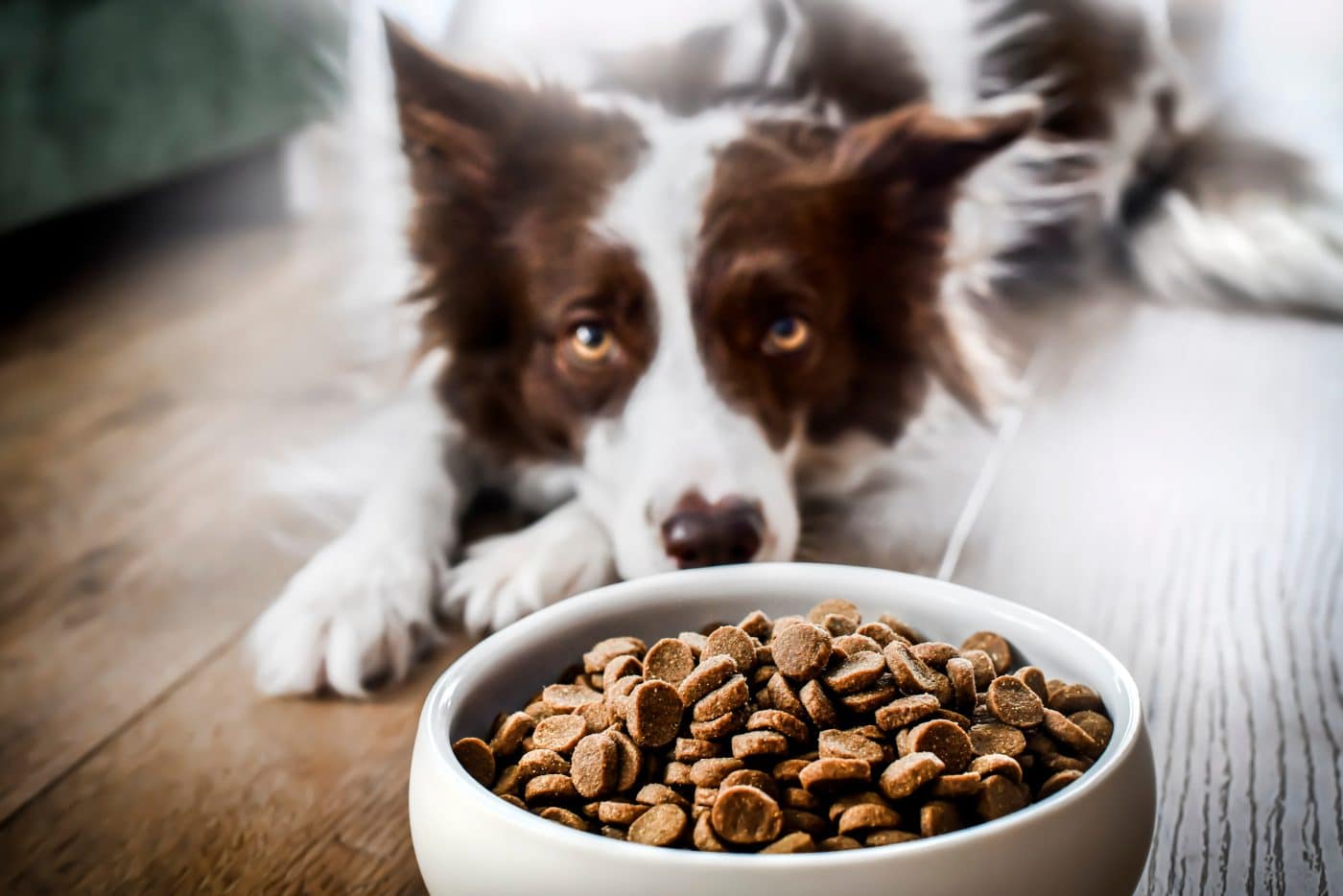 Shutterstock
Shutterstock
Jealousy can affect a dog’s eating habits, sometimes causing them to eat less or refuse food altogether. When another pet is eating, your dog may become anxious or agitated, leading them to lose interest in their own food. Alternatively, some dogs may overeat, trying to cope with the emotions they’re feeling. Monitoring your dog’s eating habits during these times can help you detect subtle signs of jealousy and take steps to reassure them.
Ignoring You When You Show Affection to Another Pet
 Shutterstock
Shutterstock
A more passive form of jealousy is when your dog ignores you or walks away when you’re giving affection to another pet. This behavior can be their way of sulking or withdrawing, signaling that they feel neglected. Rather than showing overt jealousy, some dogs will choose to ignore you or act aloof when they sense another pet is receiving attention. Although it may seem like they’re indifferent, it’s a form of passive-aggressive jealousy.
Sudden Excessive Playfulness
 Shutterstock
Shutterstock
In an effort to grab your attention, a jealous dog may suddenly become overly playful. They may start jumping around, running in circles, or bringing you their favorite toys to play with. This behavior is a way for them to reassert their position in the household and remind you of their playful side. While the actions may seem amusing, they’re rooted in a desire to divert your attention away from the other pet.
Urine Marking
 Shutterstock
Shutterstock
When jealousy takes a more intense form, some dogs may start marking their territory. This could include urinating in places where they typically wouldn’t, such as on furniture or even in front of another pet. This territorial behavior can be a sign that your dog feels the need to reclaim their space and assert dominance. If this marking becomes frequent, it may be a sign that your dog’s jealousy is causing them stress.
 Shutterstock
Shutterstock
A jealous dog might seek more comfort or reassurance from you when other pets are around. They may want extra petting, cuddles, or lap time, trying to get as close to you as possible. This behavior is their way of seeking security and showing you that they need reassurance. It can be particularly noticeable if your dog starts leaning against you, seeking physical touch, or following you more closely.
The Green-Eyed Monster In Fur
 MidJourney
MidJourney
Jealousy in dogs can be a tricky emotion to spot, but once you notice the signs, it’s clear they feel a little neglected. Clinginess, possessiveness, and acting out are often signs that they want to reclaim your attention. These subtle behaviors show how much your dog values their place in your life. Recognizing these signs helps make sure your dog feels secure and loved, even when another pet is around. After all, who wouldn’t want to be the star of the show?

 1 month ago
22
1 month ago
22



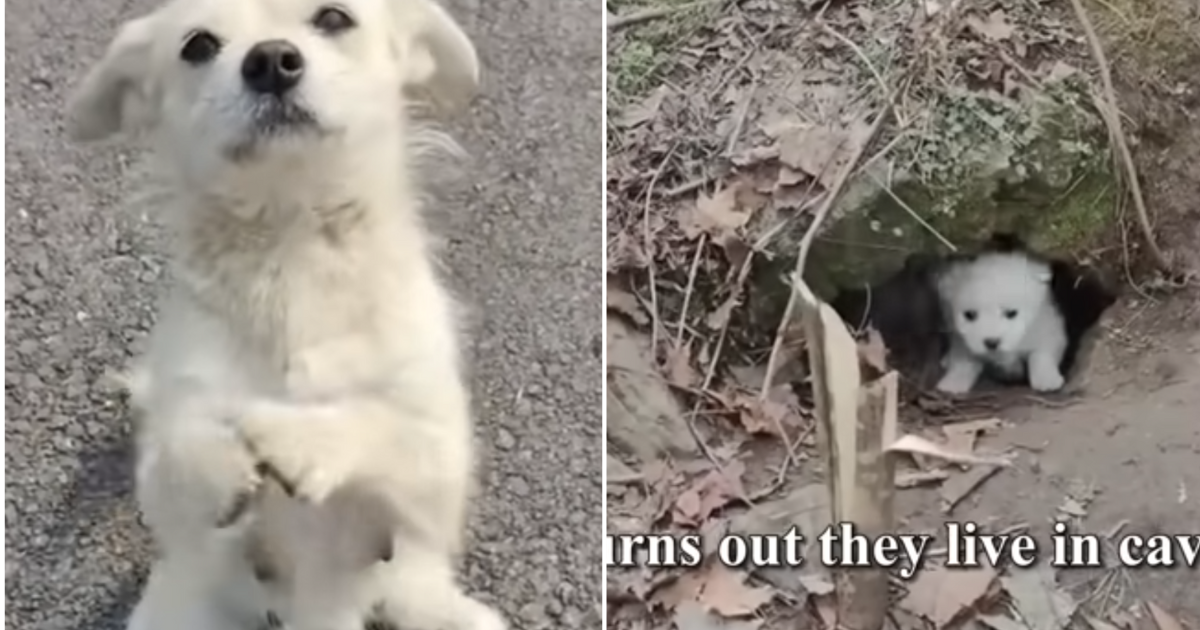

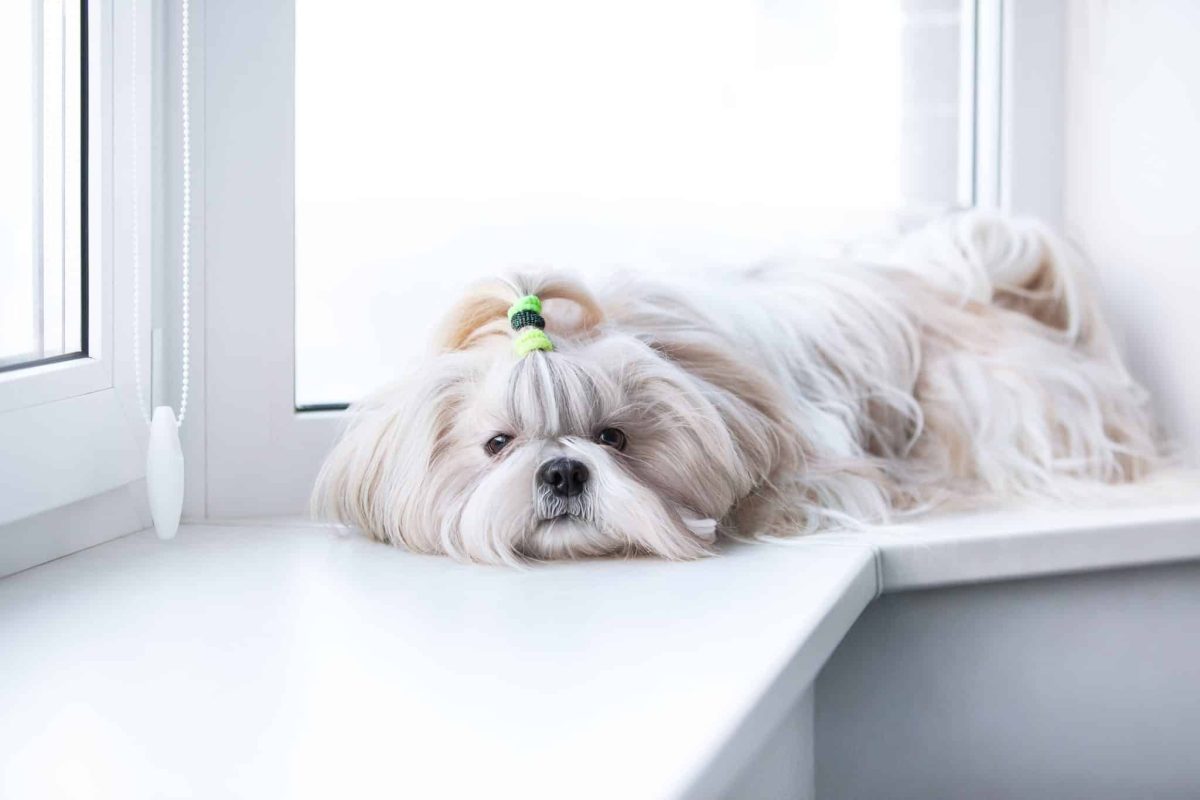


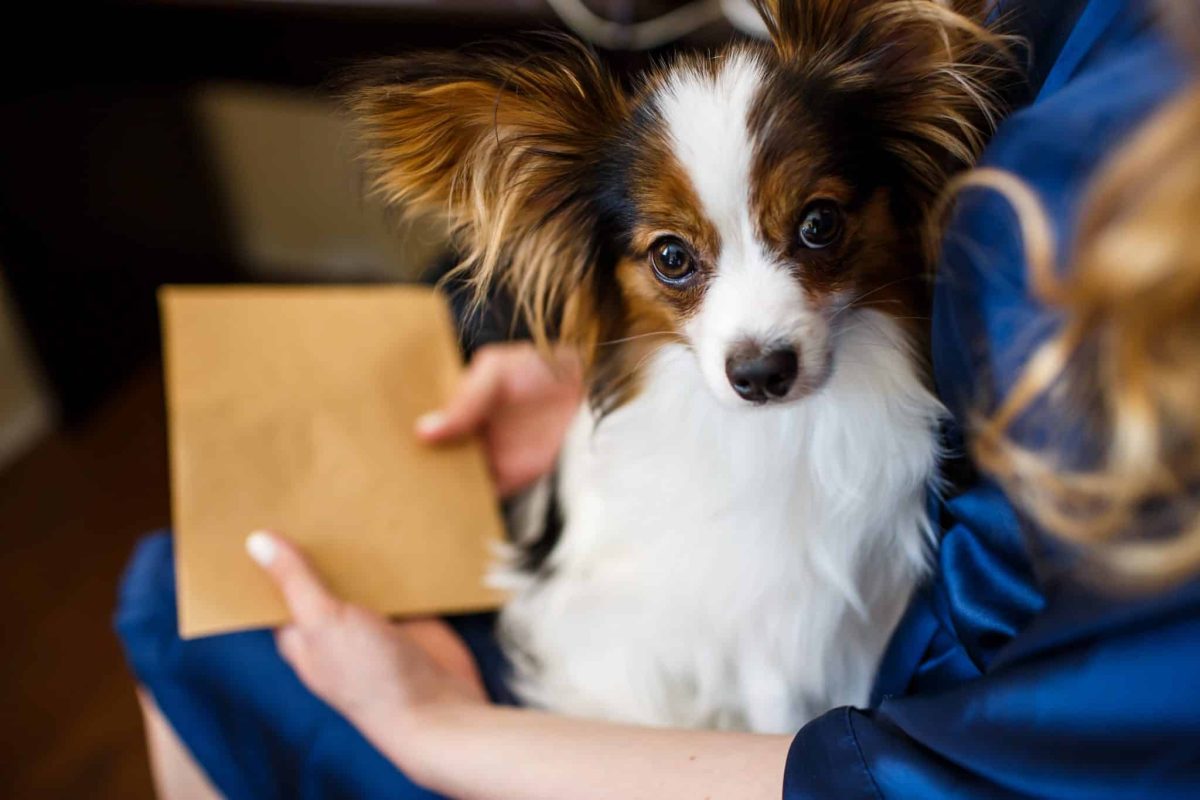









 English (US) ·
English (US) ·